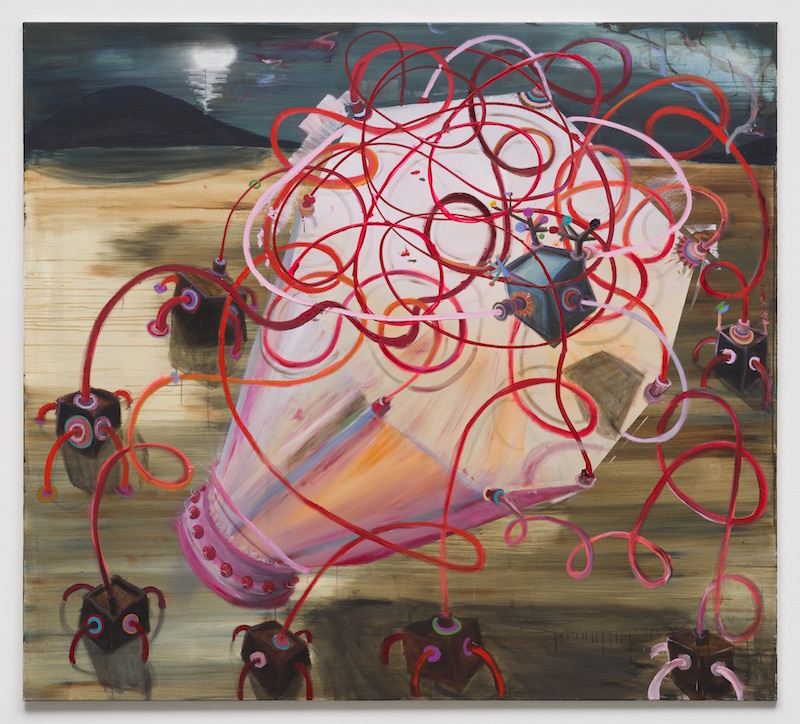
Erwin Wurm, Ship of fools, 2017,
Courtesy the artist & La Biennale di Venezia
Responding to a year of political turmoil: of Brexit and Trump; of crackdown in Turkey and of yet more terrorist attacks, this year’s Venice Biennale was meant as a countervailing force. French native Christine Macel set out to curate “a biennale designed with artists, by artists and for artists", wherein art serves as a "last bastion against individualism and indifference”. Lacking an overarching theme, Viva Arte Viva is divided into nine chapters: The Pavilion of Artists and Books and The Pavilion of Joys and Fears in the Central Pavilion of the Giardini; The Pavilion of the Common, - the Earth, - the Traditions, and - the Shamans; as well as The Dionysian Pavilion; The Pavilion of Colors; and finally The Pavilion of Time and Infinity in the Arsenale. Offering artists loose realms to move within is an intriguing idea, yet its realization often underwhelms. Especially in the Central Pavilion, many works are poorly presented. Frances Starkes' Behold Man! (2013), a strong and detailed 192 x 244 cm collage, is hung in a narrow corridor that prevents visitors from beholding the work in its entirety. Too often the placement of works feels like a compromise, more than a thought through juxtaposition. The nine chapters, with their promise of openness and free space, can come to feel clichéd and banal.

